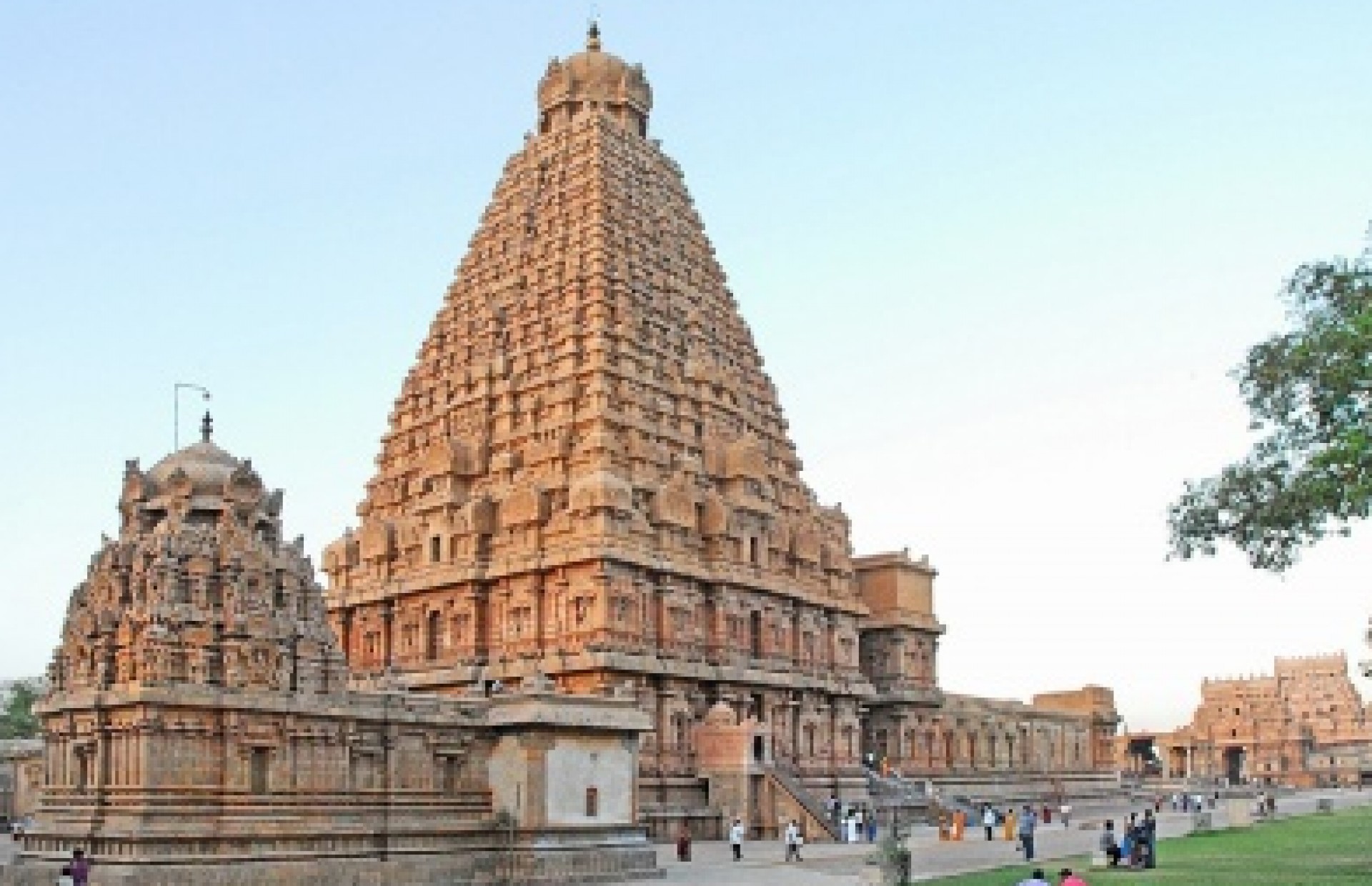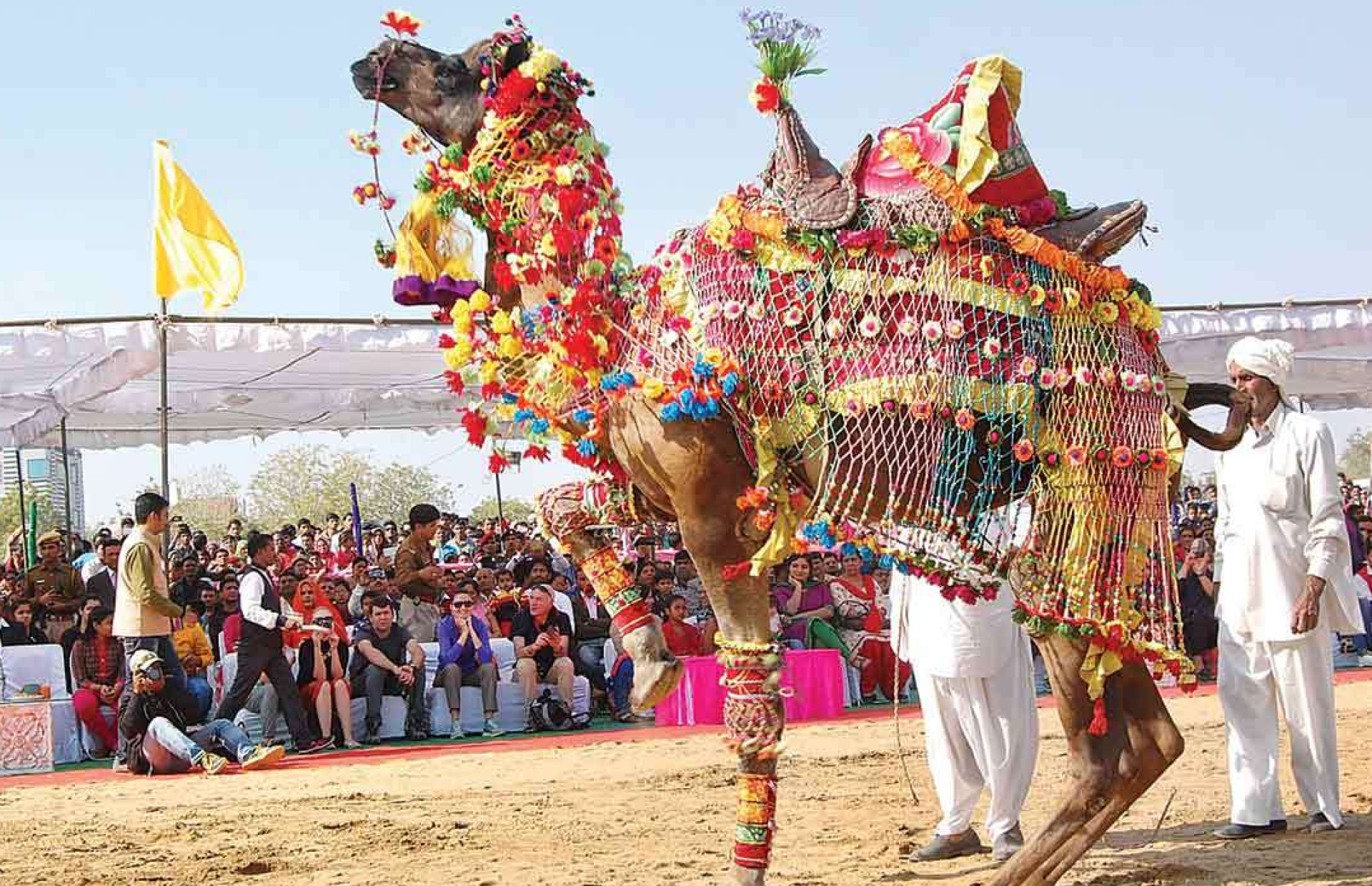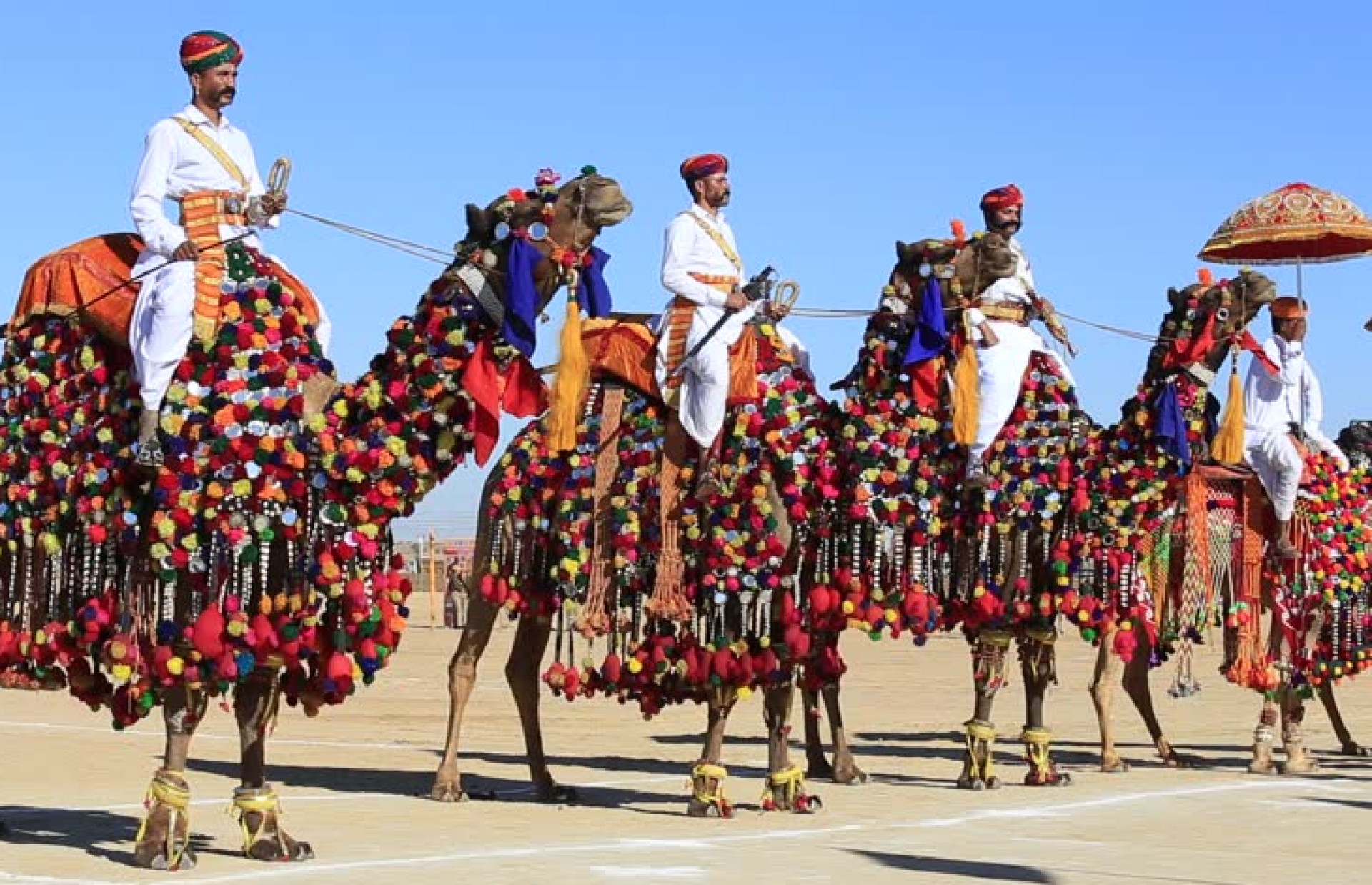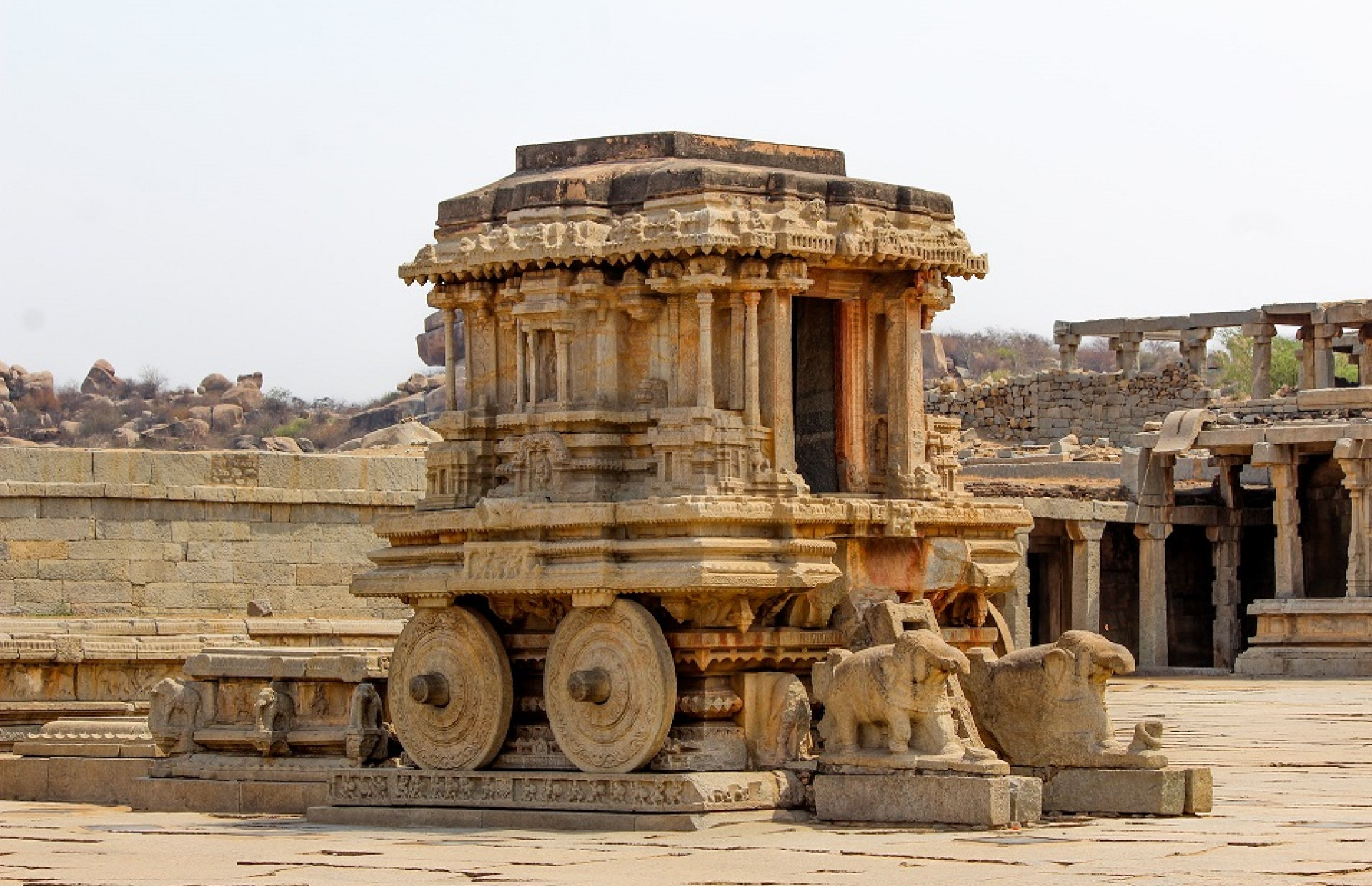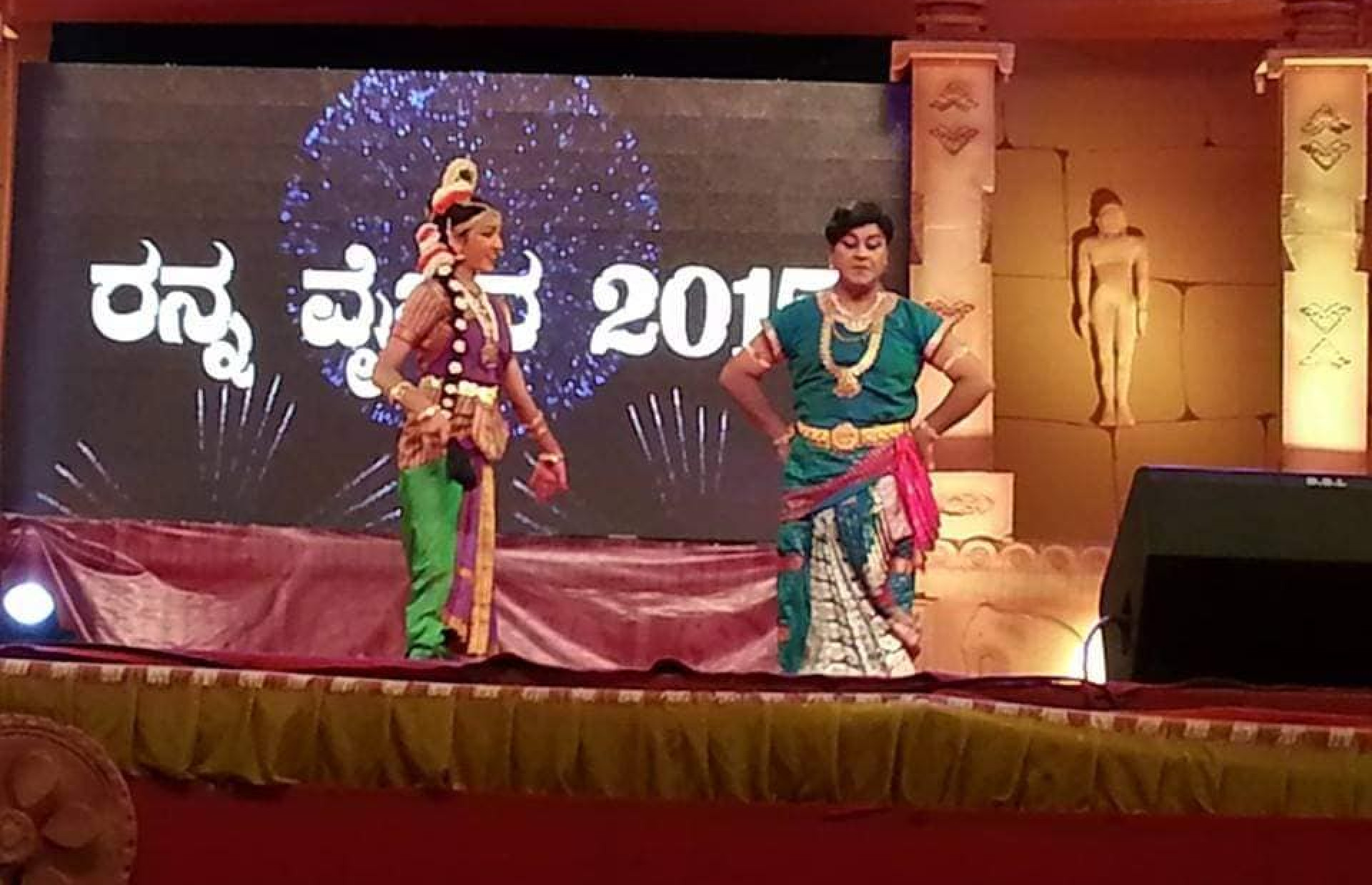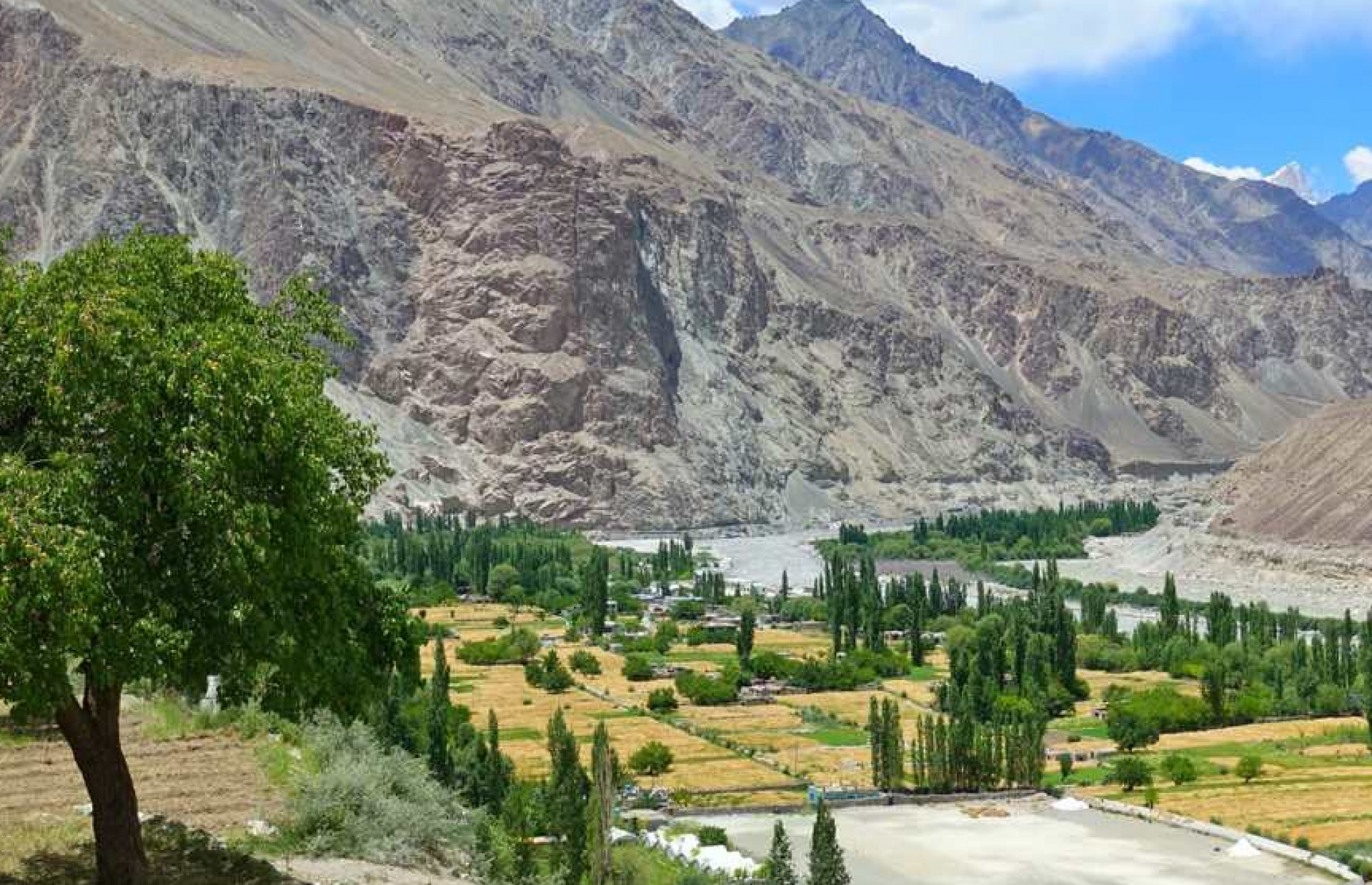Brihadeshwara Temple
Brihadeshwara Temple Thanjavur Tamilnadu: A triumph of architecture and design.
Brihadeshwara Temple - or the Big Temple is an outstanding example of Chola architecture. I got a chance to visit this temple in September 2019 with family and a small group of likeminded travelers with great enthusiasm to explore the Indian Architecture. It was a great treat to our brain and eyes both. Below are the details which we studied about the temple during our tour to the temple.
What makes the construction so unique is the diversion from the usual temple building norms of having a tall Gopuram (spire over the entrance) and a smaller Vimana (the tower over the sanctum). Here, the Vimana soars high while the Gopuram remains stunted. It is one of the few temples that have Ashta-dikpaalakas (Guardians of the directions) idols.
The temple is also known as Rajeswara Temple, Rajarajeswaram and Periya Kovil. The temple was built, like a fortress on the shores of a river, by the king to grace the Chola Empire. The temple consists of a pyramidal spire and is adorned with sculptures and paintings inside as well as outside.
This thousand-year-old temple is now part of the UNESCO World Heritage Site adding to its exceptional historical and cultural value. The temple entered the UNESCO World Heritage Site list in 1987 and is also a part of "Great Living Chola Temples" along with the Brihadisvara Temple at Gangaikondacholapuram and the Airavatesvara Temple at Darasuram.

It is an ancient temple at Thanjavur lies in the delta of the Cauvery River in Tamil Nadu. It is one of the best examples of the Dravidian style of temple architecture built by Chola emperor Raja Chola I (985-1014 AD) between 1003 AD and 1010 AD. A vision for the temple came to him in a dream while visiting Ceylon (Sri Lanka), and he built it in the honor of his reign, which was seen as a victorious; one needing a grand temple to match the large size of the empire. The deity of the temple is Lord Shiva—in his dancing pose—who is called the Nataraj. Chola frescoes adorn the wall of the temple and these frescoes depict Shiva in different poses.
The temple is a magnificent architectural construct that will never stop surprising anyone visiting the temple. Built using over 130,000 tons of granite, this fabulous structure shows the architectural prowess and affinity of the South Indian kings. The temple is so impressive that early observers developed fantastical theories about its construction. Aliens, magic, and Lord Shiva were all credited. The truth is that it was built with the forced labor of thousands of captive elephants. It took more than 1,000 elephants to haul large slabs of granite to Thanjavur from 50 miles away. To cut the rocks, workers used an ingenious method of ancient engineering: making small holes in the granite then placing wooden plugs inside the holes. When it rained, the water expanded the plugs, causing the rock to break.
The temple has sculptures of exceptional quality. The bronze sculptures of Bhogasakti and Subrahmanya are masterpieces of Chola metal icons. The major attraction of the temple is the 216-feet-tall tower that is built above the Sanctum of the temple. This flamboyant tower can be seen by anyone entering the city from a far. The apex structure on top of the temple is believed to be carved out of a single stone carving.
The topmost structure of the temple, called Vimana, weighs around 80 tons, and it is a mystery how the builders got it up there. Vimana is the structure over the garbhagriha or inner sanctum in the Hindu temples of South India and Odisha. It is like a stepped pyramid that rises up geometrically rather than the curving Shikhara of North India. The Mahalingam—the stone on top of the tower—weighs 80 tons and measures 23 feet around and 9 feet high. Leading up to it are 14 stories of intricately sculpted images. Without cranes, a long ramp was made leading up to the tower, and elephants hauled the stone up to the top, assisted by men with ropes. Many people believe that the ball was placed on top to dispel bad energy and to help positive energy revolve around the temple, keeping those in it pious and grateful. The flow of Vedic energy is meant to be calming for worshippers, and those who come to worship at the temple walk in a clockwise circle throughout it. According to tour guides another popular legend is that Hindu sages recited a Vedic mantra that levitated the stone to the top of the tower.
Another breathtaking thing that will sure stupefy the visitor is the magnificent Nandi statue built at the temple; it is about two meters in height, six meters in length and two-and-half meters in width, and weighs around a whopping 20 tons for a statue built from a single stone. Myth says it that it kept growing in size, and people feared it would outgrow the small pavilion where it sits. So, they put a nail into the back of it, and the growing stopped.
There are several shrines added to the temple by most of the following rulers such as the Pandyas, the Vijayanagara rulers and the Marathas, too. The temple architecture marvels at housing a myriad of surprises for everyone taking a look at this great temple. Another important architectural feature of the temple is that the shadow of the temple never falls on the ground at noon. The architecture of the temple is done so cleverly that the temple casts no shadow on the ground when the sun is at its peak. This is a phenomenon that attracts thousands of tourists and architectural enthusiasts from across the world to unravel the architectural mystery of the temple.

Brihadeshwara Temple is also the first all-granite temple in the world, and the fact that granites are not available within the 100-mile radius of the temple only makes it all the more astonishing. Granite is as heavy as stone to carry as it is to carve, but none of that seemed to have shied the king from realizing the temple the way he envisaged. When the temple was built in AD 1010, it was the tallest temple in India hitherto, and it took only seven years to complete.
There are other less confounding, but still impressive features of the temple too. More than 100 passageways wind underground, leading to the Palace of Raja and other places throughout the city. They made it easy for royalty to visit temples on festival days without traffic or other disturbances. Some of the passages were closed off, meant as a safety precaution for the kingdom–if an intruder turned down the wrong passage, they would be stuck. The passages also helped the royal family and others escape if there was an invasion. However, most of these passageways are now closed to the public for safety reasons and have only been seen by archaeologists. Again there is a local legend, this one saying that certain mantras would allow access to secret passageways.
There are elaborate paintings across the walls of the temple too, in many cases more ornate than others from the same time period. They depict Shiva and important moments throughout the Raja Chola Empire. Their bright, vibrant colors come from herbs, colorful leaves, and flower petals, and stand out against the granite, and look much brighter than other paintings from the era. While the colors are due to plant pigment, they are indeed striking and add to the allure of the temple and stories of magic.
Various postures of the famous classical dance, Barathanatyam, are carved carefully on the exterior walls of the upper storey of the temple.
There are several musical pillars, which make different sounds when taped, at the temple. Upon visiting, anyone can understand that the temple is a brilliant testimonial of the opulence of grand South Indian architecture. The once-mysterious Brihadeshwara Temple is, in reality, a triumph of architecture and design, and a sight to behold on your next trip to Tamil Nadu.
Built By: Raja Raja Chola 1
Architectural Style: Dravidian architecture
Special Feature: The temple is entirely built of more than 130,000 tons of granite.
Nearest Railway Station: Thanjavur Railway Station
Nearest Airport: Trichy International Airport
Dedicated To: Lord Shiva
Established: 1010 A.D.

